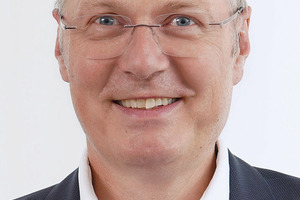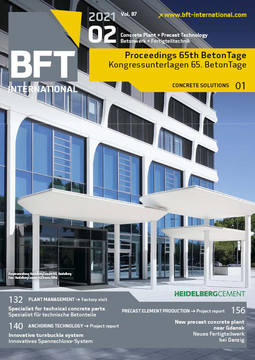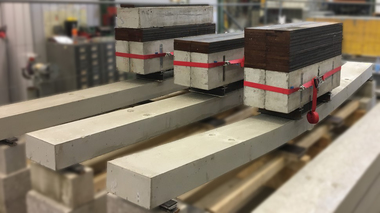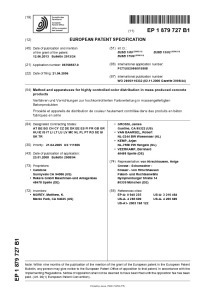Decarbonization of cement – the path to CO2-free concrete
Due to an excellent price-to-performance ratio and the global availability of all raw materials, cement and concrete are, in terms of mass, by far the most important construction materials. The tremendous global demand for cement does, however, result in the cement industry having to implement highly ambitious climate policy requirements in a relatively short period of time.
As regards the production of mass construction materials, most experts agree that the manufacture of construction materials will continue to be based on clinker or cement for many decades to come. In order to meet the future infrastructure requirements of modern societies in a sustainable fashion, developments are likely to be shaped by highly radical technical solutions.
These include technologies for the capture and storage or usage of CO2, which provide a technical solution for the cement industry to almost completely avoid process-related CO2 emissions in the few decades remaining until the required full carbon neutrality of society must be achieved. At the same time, they permit building concepts using tried-and-tested materials to be maintained and risks associated with the conversion process in downstream value chains to be minimized.
This will call for significant investments and technological breakthroughs not only in the process of cement production but also in the required infrastructure.
In addition, cross-industry and cross-sector action is called for, as there will be tremendous additional material flows and energy requirements. When viewed over the entire process chain, the additional mass flow of gaseous raw materials and by-products to be processed during the process is quite comparable to that of the end product, cement.
Whether clinker or cement production in Germany or Europe will remain competitive in the long term is not merely a matter of technology but also an economic policy decision. Policy makers are called upon not only to promote the social acceptance of far-reaching industry and infrastructure investments but also, with politics being a major client in the construction sector, to support the success of the “green deal” in the construction materials industry by ensuring the competitiveness of the European primary industry (level playing field).







